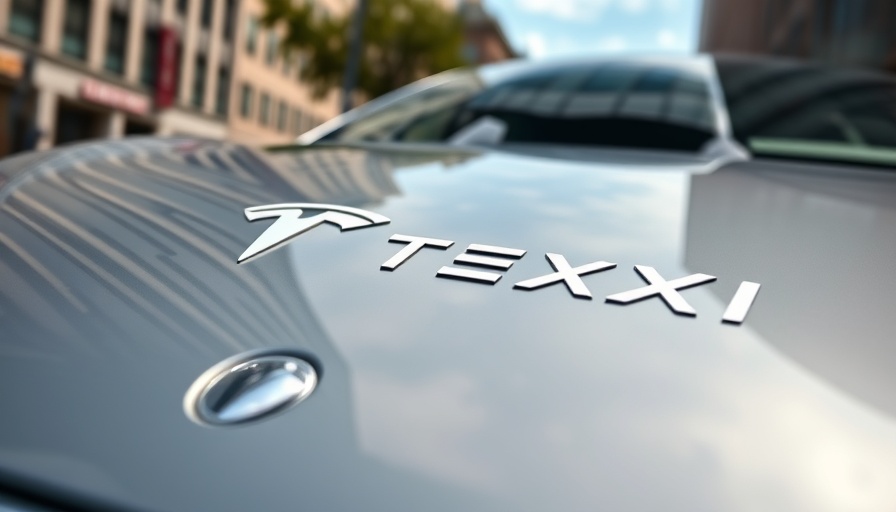
Revolution on Wheels: Tesla's Robotaxi Launch Sparks Discussion
Less than a week ago, Tesla unleashed its highly-anticipated robotaxis in Austin, igniting fervent discussions across social media. According to reports, Tesla’s CEO Elon Musk believes in a future where fully autonomous vehicles can operate using end-to-end AI and cameras alone, setting the stage for a revolutionary approach to transportation that contrasts sharply with companies like Waymo. While this initial rollout showcases fewer than 20 vehicles operating under limited conditions, the public reaction has been anything but muted.
The Rorschach Test of Technology
The public's mixed reviews on social media have painted a vivid picture of Tesla’s divisive reputation. Videos capturing the robotaxis in action displayed concerning behavior: the vehicles seemingly crossing double yellow lines and making abrupt stops at intersections. This raised alarms leading federal safety regulators to seek information about the rollout directly from Tesla. The reactions echo a broader narrative: are Tesla’s actions emblematic of excessive confidence, or could they truly signal a shift away from traditional ride-hailing services like Uber and Lyft?
Understanding the Public Sentiment Around Robotaxis
What makes this conversation so charged? Much of the division centers on how the public perceives the future of transportation and whether they trust technology built on AI and data science to navigate their towns and cities safely. As conversations about the robotaxi service unfold, the differing views reflect personal experiences with technology, regulatory oversight, and broader cultural attitudes towards innovations. Some see hope for less traffic congestion and more accessibility, while others worry about safety and the ethical implications of fully autonomous vehicles.
History of Autonomous Vehicles: A Context
To understand the significance of Tesla's latest move, it's essential to recognize the history that has paved the way for this moment. Over the past few years, major players in the autonomous vehicle space have emerged with varying approaches. Waymo, for instance, has taken a more cautious stance, relying on intricate safety measures rather than Tesla’s reliance on camera systems and AI learning. This contrast not only highlights different philosophies regarding autonomous driving but also sets the stage for ongoing competition that will define the future of transportation.
Future Predictions: What Lies Ahead?
As Tesla charges forth with its rollouts and elevates the conversation about autonomous vehicles, some speculate that the real competition isn't merely mechanical but philosophical. With a push for user-friendly interfaces and user-agnostic applications, we might see a dramatic shift in how urban transportation is managed and funded. Public trust and regulatory adaptations will play discrete roles in determining how quickly robotaxis permeate the commercial landscape.
Challenges and Innovations in Safety
One major concern is that while Tesla may have cracked the development code for robotaxi technology, safety remains the paramount concern. The abrupt halts and erratic maneuvers caught on video emphasize the need for robust testing and regulatory scrutiny. This points to a broader issue that stakeholders in the industry must address: how can companies assure the public that these vehicles are safe and ready for wide-scale deployment?
Conclusion: A Call to Stay Informed
The conversations sparked by the Tesla robotaxi rollout signal more than just a technological shift. They are indicative of the challenges ahead, from regulatory frameworks to public perception. As we navigate through this rapidly evolving landscape of transportation, staying informed about such developments becomes increasingly crucial. Follow trusted tech news sources to keep pace with the fast-moving automotive tech world. Don't sit on the sidelines; join the discourse surrounding the future of mobility.
 Add Row
Add Row  Add
Add 



Write A Comment